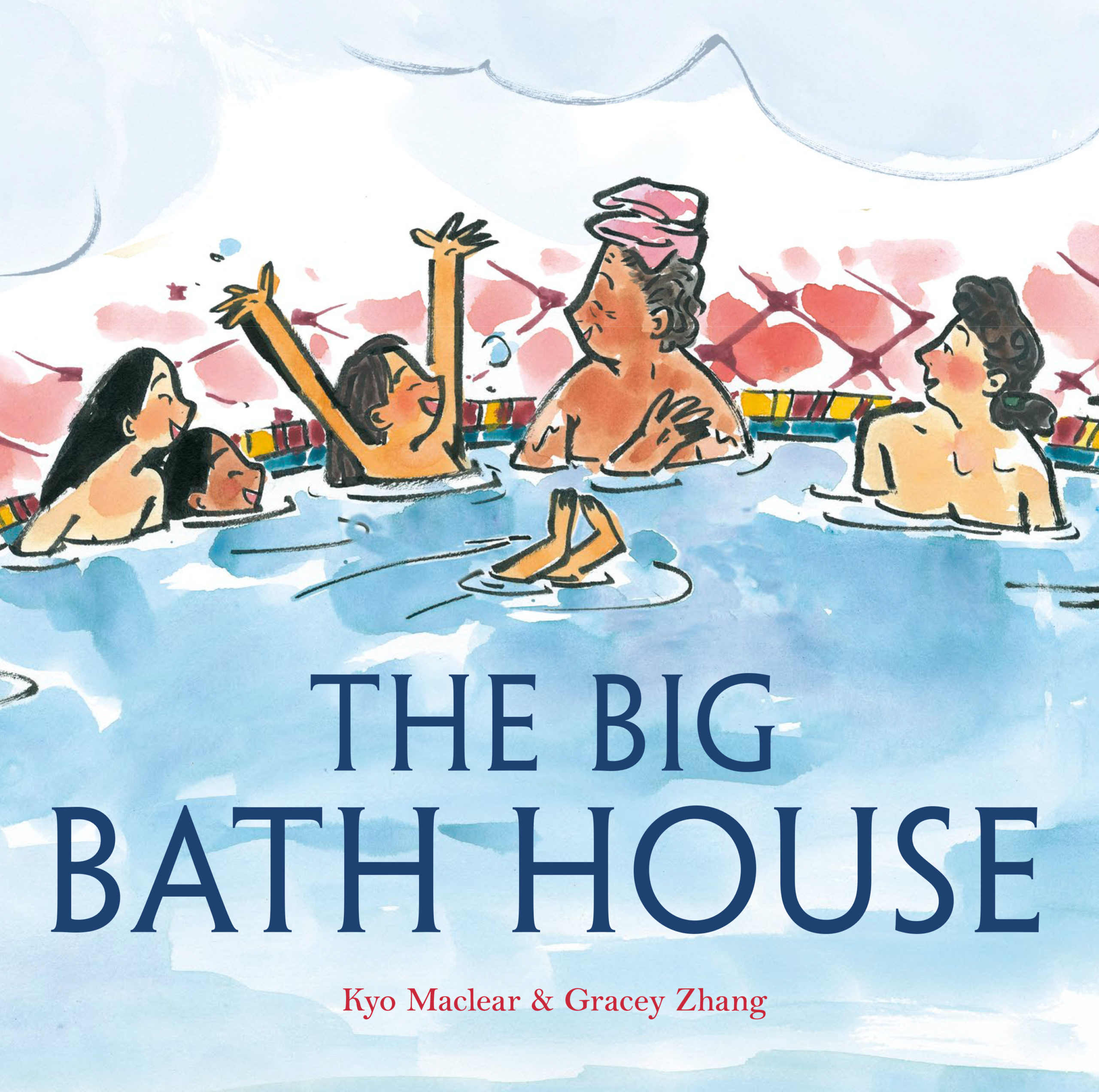
by Michele Kirichanskaya | Dec 23, 2021 | Blog
Kyo Maclear is a critically acclaimed author whose books have received starred reviews, appeared on numerous “Best of” lists, and been published in multiple languages around the world. One of her picture books, Virginia Wolf, has been adapted for the...
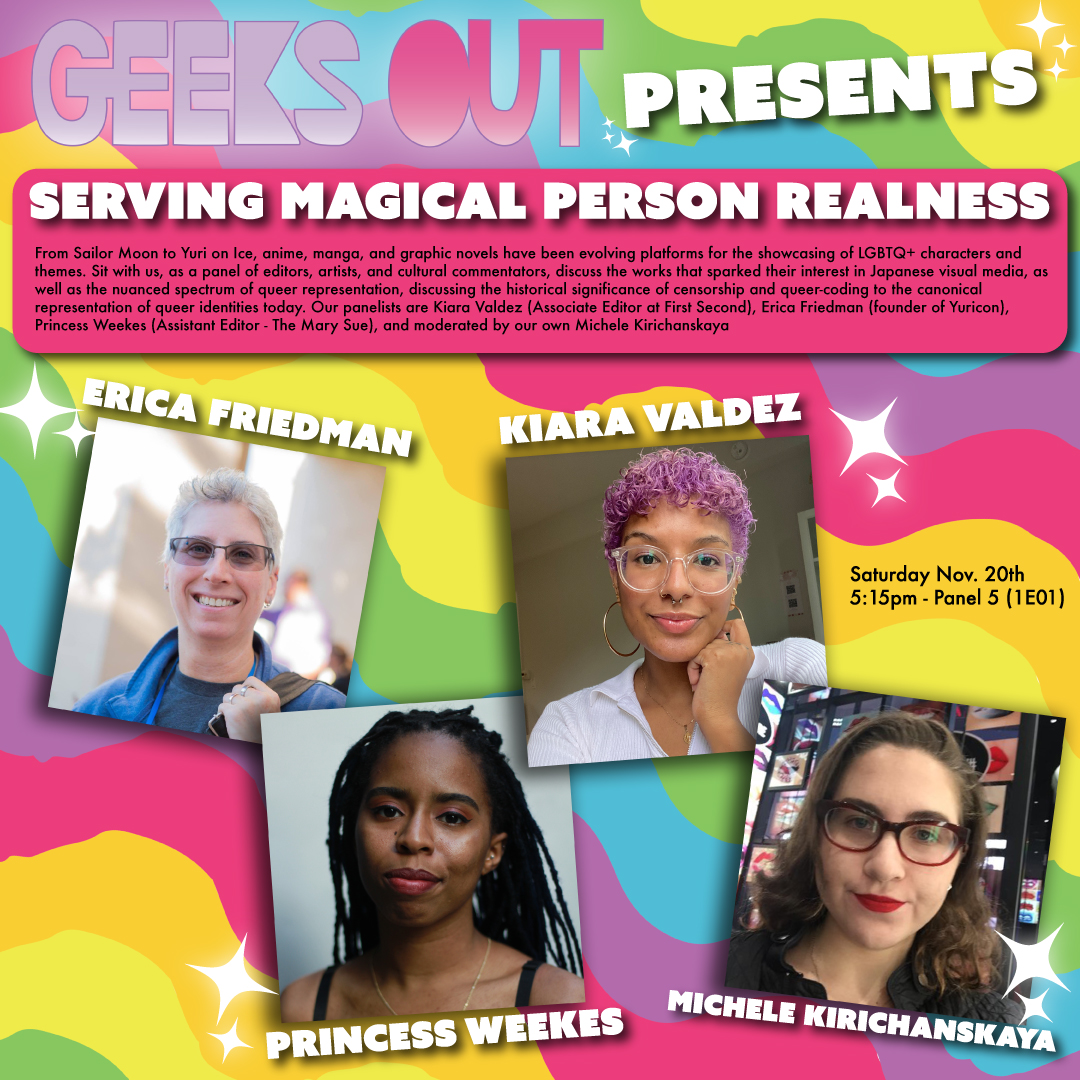
by Kevin Gilligan | Dec 21, 2021 | Blog
Geeks OUT Presents: Serving Magical Person Realness From Sailor Moon to Yuri on Ice, anime, manga, and graphic novels have been evolving platforms for the showcasing of LGBTQ+ characters and themes. Sit with us, as a panel of editors, artists, and cultural...
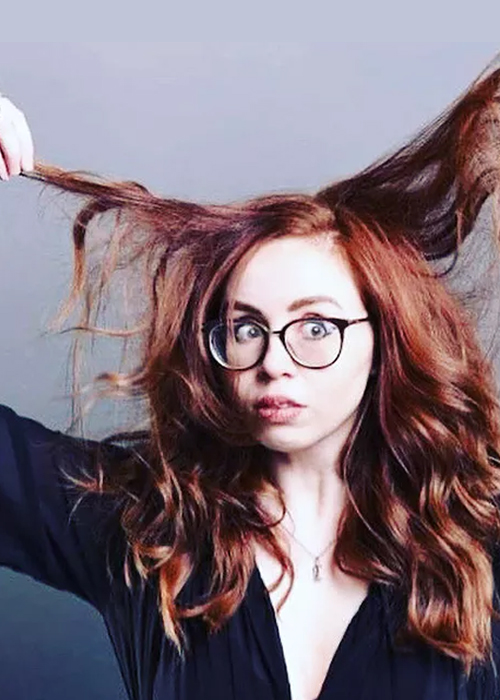
by Michele Kirichanskaya | Dec 15, 2021 | Blog
Kate Pentecost is from the forest on the Texas/Louisiana border. She holds an MFA in Writing for Children &Young Adults from Vermont College of Fine Arts. She is the author of Elysium Girls (2020,) and the forthcoming YA dark fantasy romance That Dark Infinity....
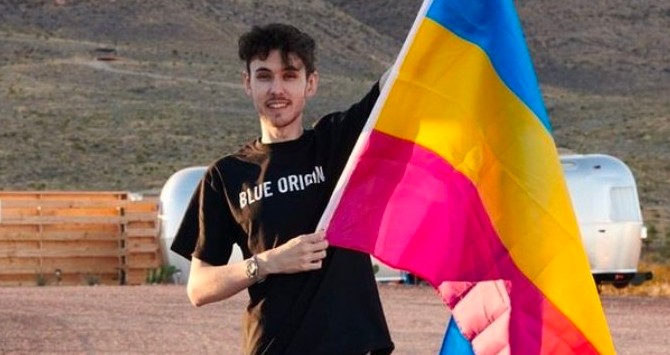
by Kevin Gilligan | Dec 14, 2021 | Podcast
https://geeksoutpodcast.libsyn.com/geeks-out-podcast-queers-in-space In this week’s episode of the Geeks OUT Podcast, Kevin is joined by Kate Moran, as they discuss Cameron Bess becoming the first openly queer (pansexual) person to go to space, the latest...
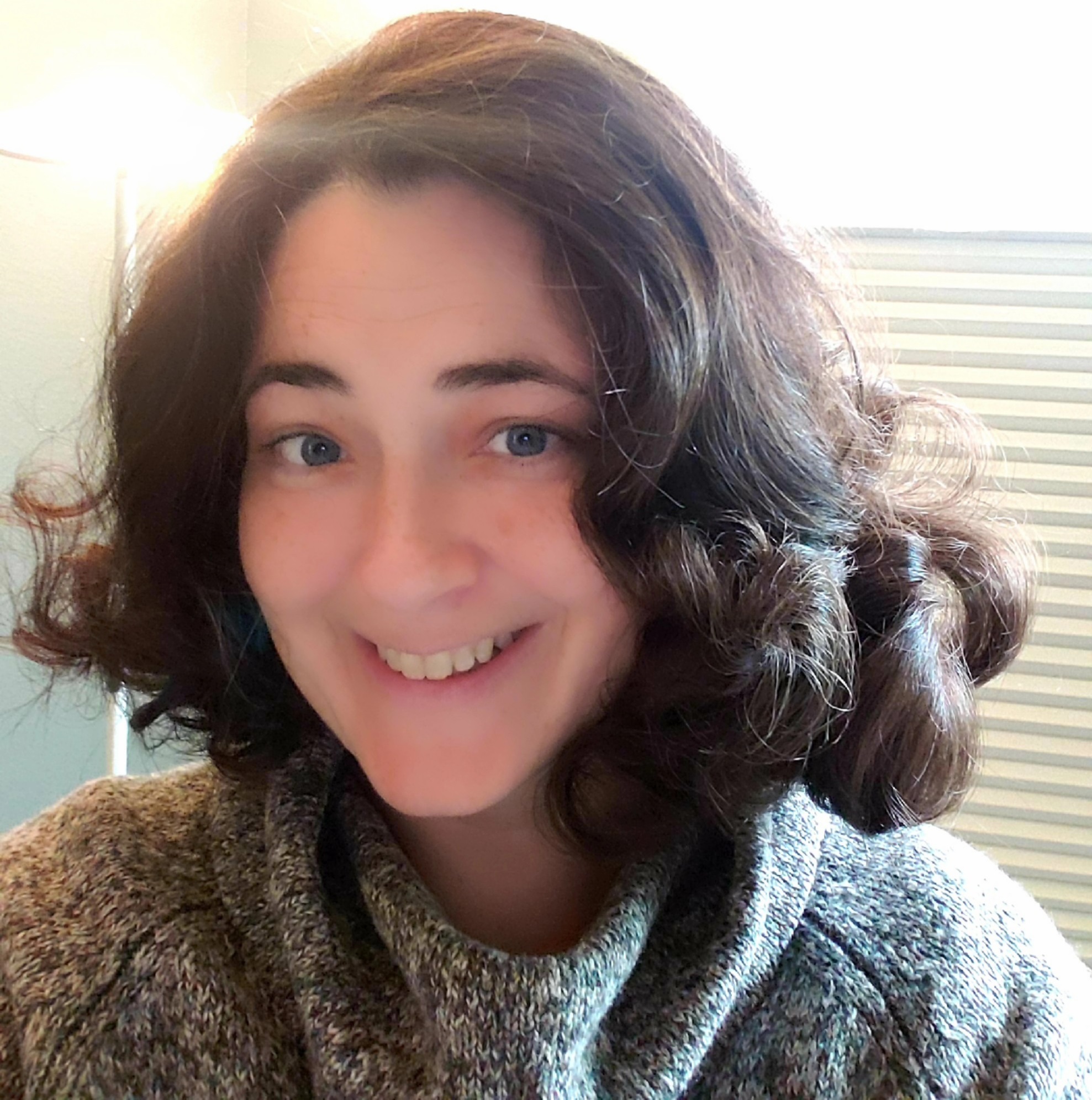
by Jason Kivela | Dec 10, 2021 | Blog
Abigail Hilton finished her first novel when she was fifteen and never stopped writing. She has a science background and a day job in healthcare. She frequently travels for work, but comes home to the Pacific Northwest, where two elderly tabbies and two Japanese...






